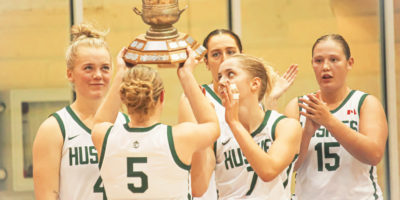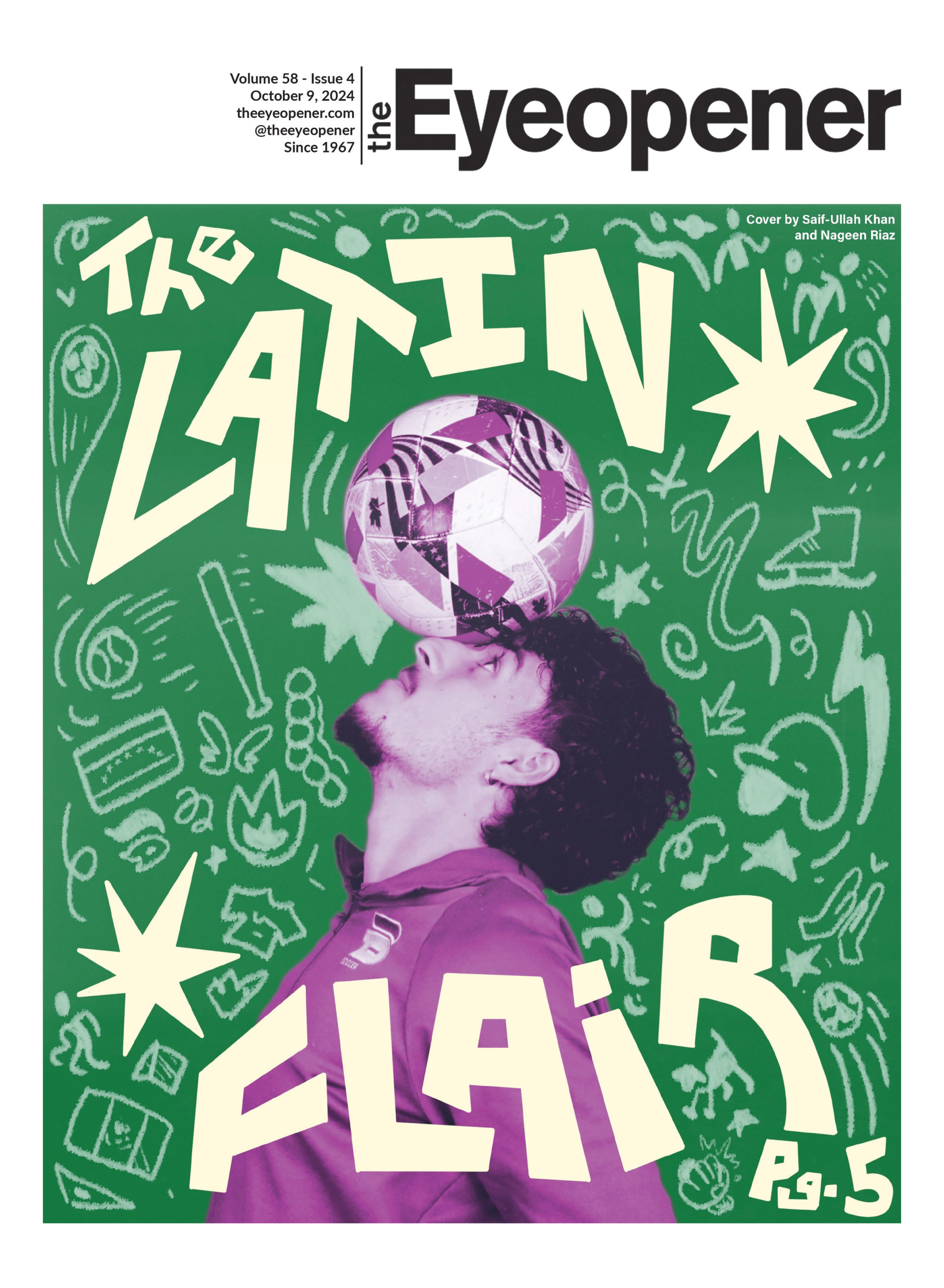By Christine Bailey
Editor’s note: the opinions expressed in this article are strictly those of the writer.
As the bus eases through the congestion of downtown Toronto, the Gray Line announcer enlightens his unassuming visitors, “We’re coming to the so-called Yuppie part of Toronto, Queen street.” It’s difficult to ascertain just how Gray Line came to such a summary, considering the eclectic mix the street has to offer.
Renowned in the early ‘70s for its abrasive edge and poverty-stricken streets, it could be compared to present-day Sherbourne street. It was not until the latter part of the ‘70s that Queen street’s recuperative process began, due in part to the contribution of artists. With its readily accessible audience, Queen street attracted students from nearby Ontario College of Art. It was then that the artistic traits of the Gothics were gradually introduced to Queen street. And in the ‘80s, the Gothics took their show to the road. Queen street became their acceptable abode; a place where they could come together without being frowned upon or shunned. This unique and interesting group were not around for very long before the “grunge bunnies” came out of nowhere. They invaded the street and became quite popular.
For those unfamiliar with the term “grunge bunnies”, it’s another name for “Club Kids.” You know — the ones with the green hair, bunny bags, ponytails, and how can anyone forget the outrageous shoes?
Anyway, let’s not stray from the point. Take away the Gothics and Grunge Bunnies and what would Queen street be known for? It’s certainly not known for yuppies, but it is known for its clubs and bars. There are enough clubs on the street and its surrounding areas to suit a variety of tastes. The places to go on Queen street include the Bamboo, Rivoli, 360 — I could go on and on, because every one of them has something different to offer.
Bikers even have their hangout spot, the Black Bull. Although it is one of the loudest bars around, it is also one of the most enjoyable to be in. That’s the whole aura of Queen street; there is no feeling of hostility, and nothing shocks the “Queen streeters.” Everyone is expected to be outrageous, and style is more respected than fashion. Queen street is a microcosm of the entire city itself: even Whoopi Goldberg realized its uniqueness when she celebrated her birthday at the Bamboo.
The extent of Queen street’s uniqueness shines in everything. Even the panhandlers are different from anywhere else. They certainly have a novel approach to getting spare change. Here’s a scenario: an innocent tourist is strolling along, when a green-haired kid in Nike shoes approaches, informing the tourist that he will bet him he (the green-haired kid) has his middle name written on his arm, and for a quick loonie he will show it to him. So the unexpecting tourist, having nothing to lose, sees it as no big deal. The anxious panhandler lifts his sleeve to reveal “your middle name” printed on his arm. Out of dismay and embarrassment the tourist hands him the loonie. Where else?
Queen street is well-known in the retail industry not only for its talented designers and stores, but also for its second-hand fashion. Saturday is the day where teenagers swarm Queen street to shop in second-hand stores for items ranging from clothes to CD’s.
Even the Le Chateau on Queen is different from its other outlets. Since it’s been at that location for years, they understand their Queen street customers. Unlike The Gap and Guess, whose intrusion is not welcomed, because their idea of fashion is totally different. These stores are seen as invaders who are there to take away the style and character of this distinct area. Queen streeters would much rather have local designers who will not make the area into a commercialized zone.
The “roots” of Queen street are slowly disappearing as retail industry giants widen the “gap” between style and profitability. My “guess” is that other giants will join the “club” and branch off from “stem” in order to achieve greater commercial success.
My sympathies to the misinformed tourists who are probably beaming with their new-found “knowledge” of our fine city. I can only imagine what the Gray Line tour guide said about Yonge street. Perhaps they called it the financial district?
Christine Bailey now works as a tour guide.









Leave a Reply